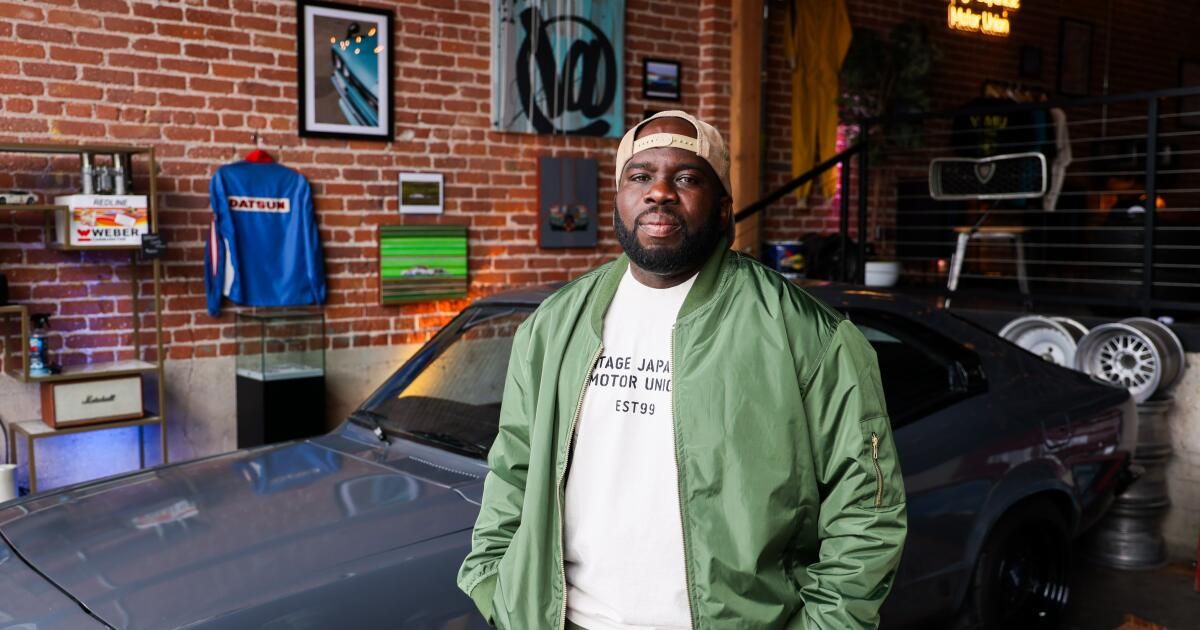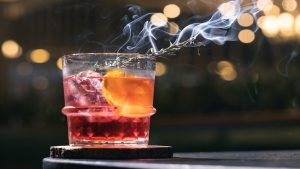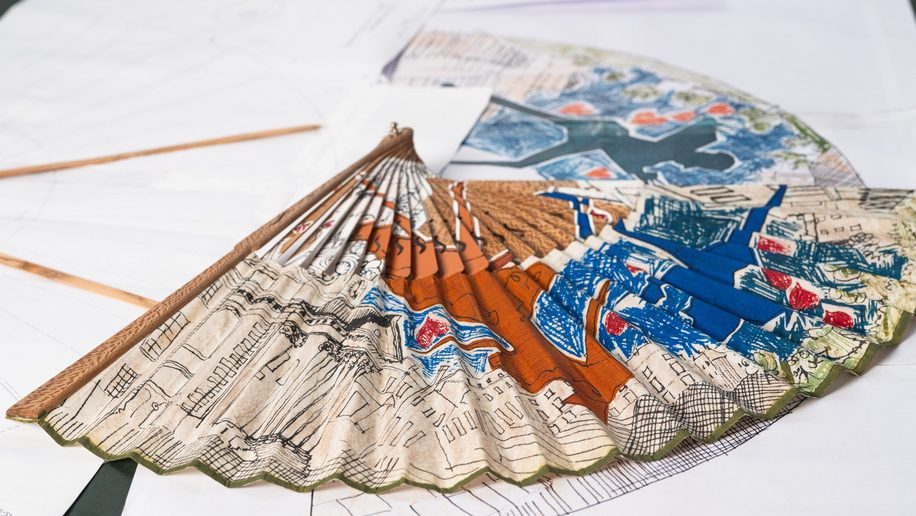While Savant Young carefully cleans his Rxda Rx-3 of Chacoal Gray 1973 inside the Vintage Japanese Union Motor House, he stops to apologize for being so concentrated in his car. “It gets very dusty here,” he explains, pointing out the space that is located in an industrial pocket lined with Boyle Heights mural. Young softens a microfiber cloth on the hood, then lean closely to inspect it. His meticulous attention to detail is not just a presentation. It reflects a deep and life passion for cars.
“From the moment he was 5 years old, every Christmas he would get RC racing and cars games,” says Young, with a B-Manan baseball cap. “They have always been cars in my life.”
A Toyota Celica model.
(Juliana Yamada / Los Angeles Times)
Although the toys lit their spark, it was the days of street races of their uncles, and the Japanese cars they were driving, which finally shaped their liking. The RX-3 that is polishing now, once appeared in the television series “Jay Leno's Garage”, it is not just a vintage jewel. It is the same model owned by one of its uncles, and the first one who caught his ear. “I liked it because it sounded spicy,” he says.
What began as a fascination of childhood finally rose to something much more. Young, 49, is the co -founder of Vintage Japanese Motor Union, a prosperous community of car enthusiasts, dedicated to preserving and celebrating SMOG -ex -exempt cars prior to 1975. Meetings often attract hundreds of old cars that are aligned in the block as a set of retro movies. The VJMU Clubhouse, a paradise of automobile lovers that combines a vintage aesthetic with the practical sensation of a operating car store, welcomes anyone who wants to relax and hang out with other cars.

The interior of the Japanese Vintage Union Motor Club.
(Juliana Yamada / Los Angeles Times)
The brick walls exhibited are decorated with photos and retro posters of old races and races, as well as street signs, racing suits and brand memories, from Michelin to Mazda. An elegant airship of Goodyear in miniature hangs from a steel beam. The pieces of cars are skillfully intertwined in decoration, with vintage grills and direction wheels that are shown as industrial works of art, while stacked tires serve as a basis for glass tables.
A sign on the wall summarizes the spirit of the center: “Come by cars, stay for vibrations.”
But Vjmu is more than just cars. It is also about inclusion, tutoring and construction of the community. What distinguishes the club is its focus on making the car culture accessible to all.

The co -founders of VJMU, Jaime Cabral, on the left and Savant Young spend their time at the Club house.
(Juliana Yamada / Los Angeles Times)
Becoming a member is simple. No application. No annual rate. It only presents and atmosphere. The only requirement is to have a Japanese vehicle prior to 1975. For Young, possess one indicates the firm dedication that defines the club, as well as a deep respect for the legacy of these cars. “They won't do more of them,” he says. “What we have is what is there, and preserving the lineage is important.”
Cars do not need to be in mint conditions. VJMU adopts a spirit without apologies and avant-garde that young people compare with the “underground hip-hop.” That ethos is reflected by VJMU delivering awards in its car shows such as “Best Pátina” and “Better work in progress.”
For young people, which matters more than a virgin restoration is how the car shows the unique style of its owner, reflected in the motto of the club: “Solo S – only.” “It's about individual expression through its construction,” he says. “Where is the turn with your personality?”
Vjmu's approach in making a personal statement with one's car is quickly becoming a movement with his own impulse.
In 2009, Young just wanted to have fun with friends. While he was still a professional martial artist, Young, who owns and teaches classes in Fight Academy Pasadena, organized an informal flat -style meeting place for car -loving friends outside one of their games. After that, he threw meetings from time to time, each one a little bigger than the previous one.
Things became more serious in 2014. With the hope of creating something more intentional but still personal, he associated with friends obsessed with the car: the elevator mechanic Jaime Cabral, the high -end retail manager Damian Barbachan, Ti Marlon Trujillo and Henry Mendez Henry Mendez.

A photo framed by the members of the VJMU club hangs on the wall.
(Juliana Yamada / Los Angeles Times)
The group of Native Angels joined his love shared by Japanese cars prior to 1975, especially mazdas, due to their rotary engines. Young explains that they have fewer moving parts than traditional piston engines, which make them easier to maintain, but offer surprising power for their relatively compact and light size. In addition, the cars of this era are considered exempt from Smog, which means that they do not require Smog controls, saving both the cost and the discomfort of compliance. In addition, by young man, constructions can be modified with less bureaucracy.
Next to Young's RX-3 was Barbachan's Red '72 Mazda Rx-2 by Barbachan, while Trujillo brought a Mazda Vintage rotary motor truck to the mixture, just like Cabral with its '74 blue repu of the sky. Méndez did not drive a Mazda, but his Toyota Corolla Blanco '73 still fit directly inside the Japanese rudder before 1975.

A Japanese motor vintage sticker surrounded by vintage car models.
(Juliana Yamada / Los Angeles Times)
The group gave a name, a Japanese vintage union, a logo and a hustle and bustle of small businesses, printing VJMU decals and selling them for $ 5 each in the local car meets and online. “We wanted to see if we could expand our reach in the community, launch events that reflect our style and monetize the brand,” says Young.
The base brand helped feed the impulse and expand its influence. He also showed them his potential as a legitimate car club.
VJMU organized its first official car exhibition in 2019 outside a friend of a friend. But it was its follow -up, kept outdoors during the pandemic, with a registration rate of $ 40, which attracted 140 old Japanese cars and several hundred attendees. The overwhelming participation made it clear that it was time to establish its own permanent operations.
That marked the turning point for what has become a distinguished club and car brand, with important sponsors such as Falken Tires, Sunoco and Hagerty, as well as a marketing company and events that heals the high -profile meetings of Soho Warehouse last October, which presented performances of notable hip artists Talib Kweli and Murs.

The racing posters and photos are shown on the walls.
(Juliana Yamada / Los Angeles Times)
VJMU also has almost 24,000 social media followers. An atypical case in the Japanese classic cars space as an outstanding black influencer, Young recognizes the importance of that visibility. Even so, he explains, it is less recognition than representation. “I really don't see it as a praise, but I see it as a need for people to know that the automobile culture runs through all neighborhoods,” he says. “It happens that I grew up in South Central, and some people simply did not tell us in general, but we have always loved the same things.”
Young becomes particular of VJMU's identity as a car club owned by blacks and Latinos, competing as a team in a sport that has traditionally been dominated by rich white participants. In a recent racing car show in Willow Springs Raceway, Young says he moved deeply to witness so many black and Latin children who feel welcome in a space where they could not only see themselves reflected, but to start imagining their future in a world that has not always made room for them.
That inclusive spirit is to direct the next VJMU phase. Young is developing a internship program based on the school that would offer academic credit and experience paid to local youth, giving access to a world in which they could never have appeared.
Even for those without cars, VJMU is creating space. The location, framed by the picturesque Viaduct of Sixth Street, was chosen with scale and style in mind. Its outdoor area is adequate for meetings and large -scale cars, and its film surroundings coincide with the club's sandy aesthetics.

Racing tools and awards.
(Juliana Yamada / Los Angeles Times)
The place also embodies the deep pride of Los Angeles. “We are rooted in our 100%of LA-PES,” says Young. “Customization of cars, cars culture, different aesthetics … It has always been something that arose from Los Angeles, either lowriders in Boyle Heights or driving to the coast with the upper part down.
“Where we are in the middle vein, with the bridge that separates the east and west side,” he continues. “We are at a fairly central point.” Soon, the clubhouse will house two racing simulators available to rent, with sponsored community days that cover the costs for those who cannot pay the rate.
Meanwhile, Young is preparing for the next great event of the Casa Club, a celebration of Cinco de Mayo Street on May 4 with live music, local food vendors and, of course, many old Japanese cars.
Looking later, he hopes to close the Viaduct of the Sexth Street for a complete acquisition of VJMU for the two -year anniversary of the Casa Club next year.
Wherever the road beyond that, it is clear that VJMU's wheels are moving.

Savant Young looks forward to what follows for VJMU and his mission of making the car culture more accessible to all.
(Juliana Yamada / Los Angeles Times)












